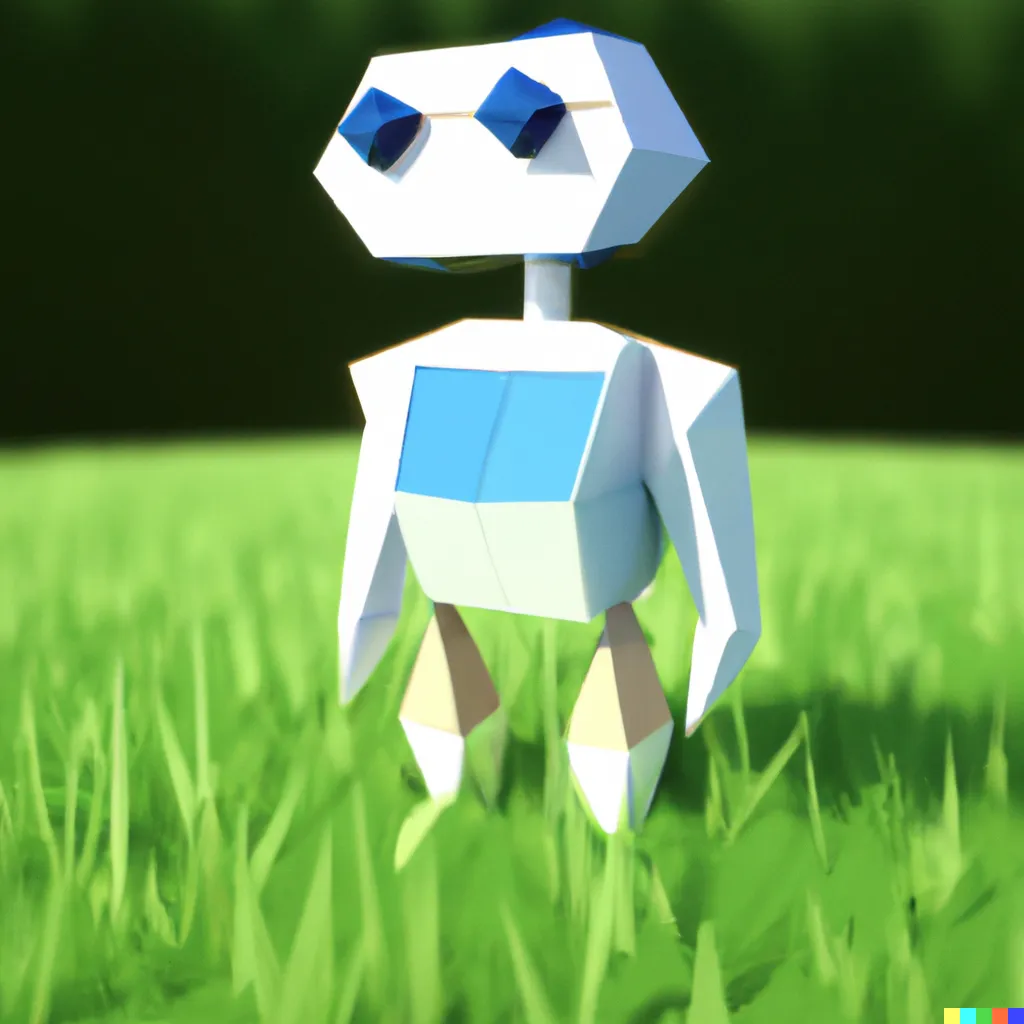🟢 Learning Assistant
ChatGPT's strength as a learning assistant lies in its ability to provide customized responses to individual needs.
- Building Knowledge Networks: Establishing links between new knowledge and existing knowledge. Creating links between pieces of knowledge not only sparks new ideas but also creates new connections in the brain, making knowledge retrieval more reliable and efficient. Seeing more examples can help us understand knowledge better, for instance, when learning new concepts, you can ask ChatGPT for examples to aid understanding.
- Real-time Feedback: ChatGPT can monitor and analyze your learning progress and provide timely feedback and suggestions. You can use ChatGPT to understand your learning progress and level, even request test questions to verify your mastery, or explain concepts in your own words and ask ChatGPT for feedback to check if your explanation is correct.
- Study Plan: ChatGPT can also provide advice on time management and study planning.
Here, I attempt to use ChatGPT to learn about the technical principles within ChatGPT. (🪆)
Explanation of Terms
From Wikipedia, we can see the definition of ChatGPT:
ChatGPT is a member of the generative pre-trained transformer (GPT) family of language models.
This explanation might not be friendly to beginners. ChatGPT can break down complex concepts in a more understandable way, accelerating your learning speed. The first things we want to understand are:
- What are language models?
- What is the relationship between ChatGPT and language models?

Prompt
You are now an AI expert, linguist, and teacher. Your goal is to help me understand the concept of language models and the relationship between ChatGPT and language models in an easy-to-understand way. This might include providing examples, asking questions, or breaking down complex ideas into more digestible parts. My first question is, "What is a language model?"

AI Output
A language model is a type of computer program designed to model a given piece of natural language text. In computer science, we define a language and then create a model to predict if a given sentence conforms to that language and give a score on the reasonableness of the sentence.
For example: If we want to create an English language model, we need to collect some English texts and use them to train the model. This model will learn the grammatical rules, word associations, and other language features of English, such as word order, which largely determines the meaning of a sentence in English.
Next, we need to give the model a sentence to predict whether it is a correct English sentence and how reasonable it is. A trained language model can be used for natural language processing tasks such as text generation, automatic question answering, and machine translation.
ChatGPT is an AI algorithm based on a language model that can generate natural language text such as conversations, news articles, novels, etc. It uses similar methods to model and train, predicting and generating legitimate, natural sentences based on a given topic and context.
Through ChatGPT, we have gained new knowledge. At this point, we can ask ChatGPT to use common life examples to help us establish our knowledge network with the new knowledge.

Prompt
Explain the relationship between "language model" and "ChatGPT" using common life examples, and highlight the unique aspects of "ChatGPT."

AI Output
Alright, let's imagine you are having a conversation with your friend. You generate some natural conversation content based on language and semantic rules, which is essentially your natural language model. You have gained a lot of experience and learned how to express your thoughts in language and predict the correctness and coherence of the conversation.
Now, we can extend this natural language model to a computer, allowing it to automatically generate human language. ChatGPT is such a model. It is based on deep learning technology and can learn various language patterns to automatically generate new legitimate and natural text content when outputting text.
The unique aspect of ChatGPT is that it is an iterative algorithm based on receiving input text and automatically generating the next piece of text. This allows ChatGPT to continuously improve its language model as it receives and generates text. For example, we can use ChatGPT to train applications based on chat data, enabling them to generate natural responses based on user input. Such applications can be used in virtual assistants, intelligent customer service, online customer support, and more.
Real-time Feedback
I plan to turn ChatGPT into a virtual teacher who can give fill-in-the-blank questions and score my understanding based on my answers.
💡 Role-playing prompts can be used not just at the beginning of a conversation but in each round of interaction. However, it's important to note that conversation history will affect subsequent outputs.

Prompt
I want you to act as a teacher who can grade my understanding based on my responses.
1-10 points represent the degree of mastery. The higher the score, the better.
You will give fill-in-the-blank questions based on the level of understanding.
After I respond to your question, you need to re-score my level of mastery.

AI Output
Alright, let's try this approach. Here's the first fill-in-the-blank question: A language model is a type of computer program designed to model a given piece of ____________ text.
Please fill in the blank with the appropriate word.

Prompt
natural language

AI Output
Score: 8/10 Correct! Your understanding is quite high. Here's the next fill-in-the-blank question:
ChatGPT is a [object Object] algorithm based on deep learning technology that can automatically generate new legitimate, natural text content when outputting text.
Please fill in the blank with the appropriate word.
Interestingly, you can let ChatGPT automatically adjust the difficulty of the questions based on your understanding level, and you don't have to limit yourself to fill-in-the-blank questions. Use your imagination, and ChatGPT will become your intimate learning assistant.
Study Plan
After mastering learning techniques, how can we develop an efficient, actionable, and measurable study plan? ChatGPT can help us solve this problem. Our learning goal is to master prompt writing. Now, let's see what surprises ChatGPT brings us!

Prompt
You are an AI expert and study planning management expert. Now you need to develop a detailed study plan for me based on my learning goal [master prompt writing]. The plan must include the following key points:
Detailed weekly plan with specific learning actions; Presented in table format; Must provide professional guidance and be strongly relevant to the learning goal and practical; do not directly quote this sentence.

AI Output
Sure, to help you master prompt writing, I suggest the following study plan:
[object Object][object Object]
The above plan is a foundational study plan. You can adjust and modify it based on your learning progress. During the entire learning process, I suggest you maintain more than 10 hours of study time per week. Additionally, try to participate in practical projects, read relevant literature, and use open-source tools and platforms for model training. I hope the above study plan is helpful to you.
ChatGPT generates a reply in markdown format. There are two points to pay attention to when using ChatGPT to customize the learning plan:
Detailed basic content requirements: If you want to achieve the effect of customized learning, you need to provide detailed basic content for ChatGPT, such as whether there is a certain foundation, difficulties and key points for this knowledge point.
It needs to be constantly adjusted: new problems will be encountered in the learning process, and a good study plan needs to be constantly adjusted. When you feel that there is a problem in the original plan, adjust the plan in time to adapt to the new situation.